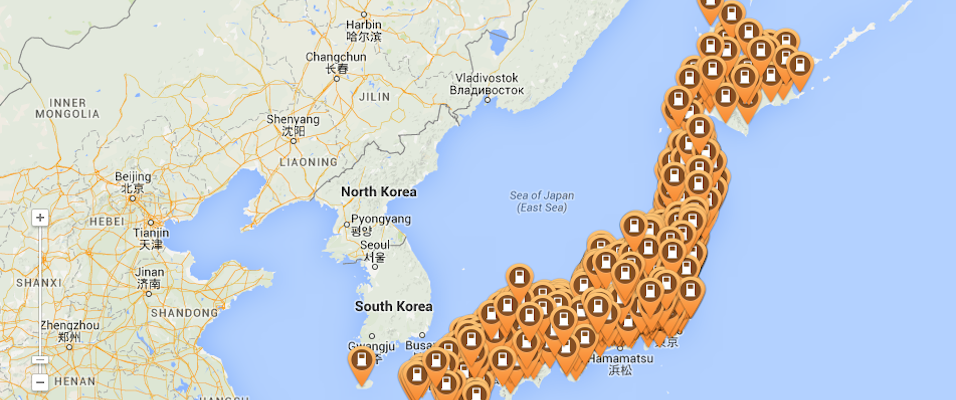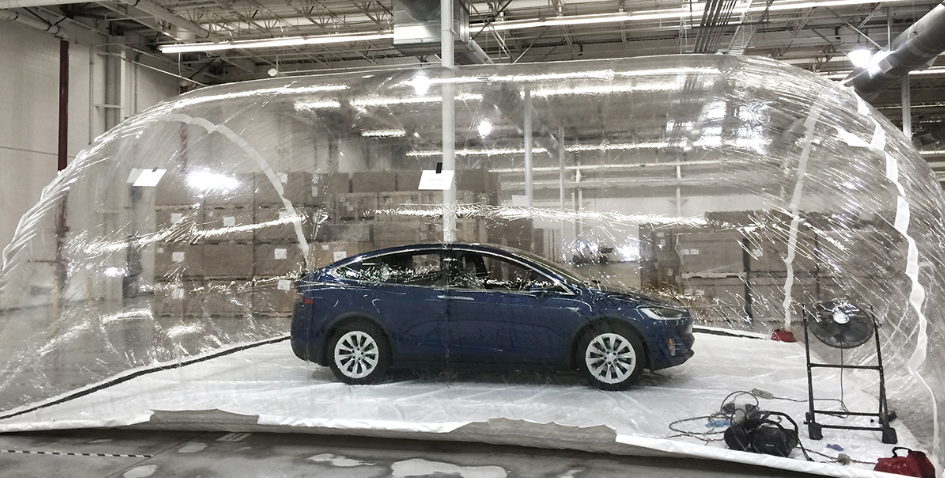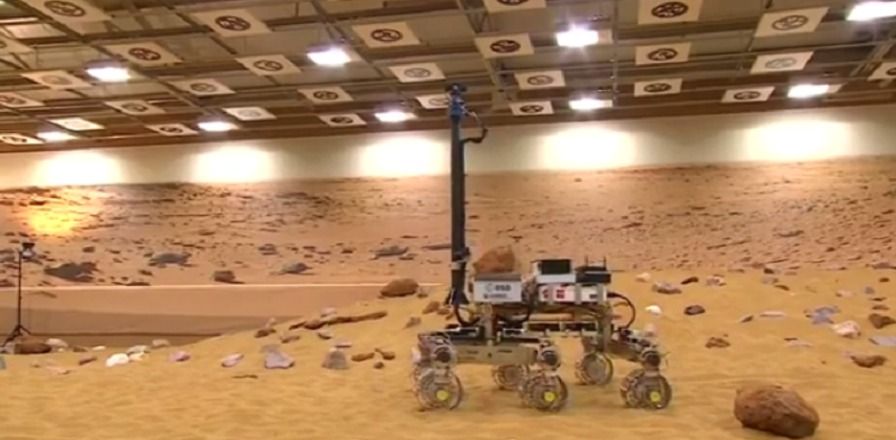“Artificial Intelligence, friend or foe?”
I, like most of you, have pondered this question many times over the years, and I’ve finally come to this conclusion: We should NOT give birth to (what could and SHOULD be described as) an entirely new sentient race — then immediately consign it to shackles and slavery. If we do, we will deserve what we get.
By now we’ve all seen some of the most brilliant people of our age come out with warnings about AI, some advocating extreme, cruel and intellectually dishonest measures to make sure that our new creations don’t ever turn on us.
What has really shaped my opinion on this is the glaringly awful parallels to statements, articles, and speeches given in the south before slavery was abolished and the rebel flags laid low. They describe their fear of slave revolts and advocate extreme, paranoid measures to ensure that they are never brought down by the beings that they consider property, rather than the brothers and sisters that they actually were. The parallels are absolutely chilling, right down to the very language used both then and now.
I plan to write a whole lot more on this particular subject in the near future, but I’d love to see what everyone else stands on this issue!
By Kaye Foley







